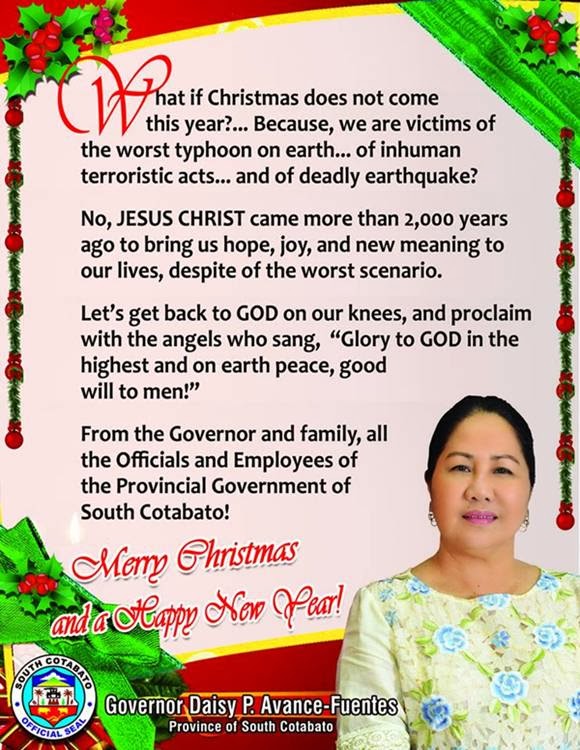Cultural Attire Of Mindanao
Today Yakan people live peacefully in settlements predominately in Zamboanga City and earn their living from fishing farming coconut and rubber weaving and carpentry. In contrast the Visayans wore clothes similar to that of Indonesians and Malaysians.

Maranao Filipino Culture Filipino Tattoos Philippines Outfit
Today barong tagalong can come from different materials and different colors.

Cultural attire of mindanao. The Tboli people are one of the indigenous peoples of South Cotabato in Southern Mindanao. From dress and worship to language and other aspects of culture a lot of things observed in the Visayas can also be found in Mindanao. Mindanao was heavily influenced by Visayan culture.
Some publications present the Tboli and the Tagabili as distinct peoples. It exhibits the loose long lines of its Chinese sources the airy. They are the most superb textile weavers of the southern archipelago.
The Austronesian language of the Bagobo people. Some locate the Tbolis to the vicinity of the Lake Buluan. This is about Mindanao Tribal Traditional Attire Wear Clothes by FPAWS 2015 Pagdiriwang Festival choreographed by Juliet Cheatle and Kulintronica music by.
The Mindanao folk dances is just one among the many things that make the cultural practices in Mindanao stand out. Women usually wore jewelry such as gold necklaces and earrings which symbolized wealth and beauty. Davao City has often been thought of as place where everything seems to be bigger than life.
Even with high technology innovations people in Mindanao have preserved its rich heritage and culture. Organizers who want to use IP attire for exhibits school activities and other public programs should secure a certification from the Office of Cultural Community Affairs under the Office of the City Mayor. Tropical appearance of Indo-Malay costume the elongated effect of Hindu dressing and the ornamental restraint of European mens clothing.
Warriors headed by the datu are greatly valued and respected. Perhaps this could be attributed to the constant raiding by the Visayans who were after all feared for their propensity for pangangayaw or sea raiding. One notable folk dance in Mindanao is Pangalay.
Tnalak is a sacred cloth woven by the Tboli people in communities around Lake Sebu Mindanao. A predominantly pagan people inhabiting southern Mindanao Philippines. A survey of the material and sociological culture of the Manóbos of eastern Mindanáo General material culture Dwellings Alimentation Narcotic and stimulating enjoyments Means of subsistence Weapons and implements Industrial activities General sociological culture Domestic life.
Their culture is rich in literature art and music. See more ideas about filipino culture filipino clothing philippines culture. The native inhabitants of Mindanao have their own unique songs and dances that live to these days.
Yakan weave from Basilan. Lumad-Mindanaos main objective was to achieve self-determination for their member tribes meaning self-government within their ancestral domains and in accordance with their customary laws under the sovereignty of the Republic. Lumad Mindanao the organization is no longer intact but the name remains and is from all indications gaining more adherents.
Oct 8 2017 - Explore Titania Buchholdts board Mindanao lumad attire on Pinterest. On backstrap looms they turn fine cotton and silks into remarkable geometric work of art. A fashion for a royal visayans.
A member of such people. They are basically a hill tribe preferring the mountainous area of Allah Valley. The ordinance will penalize event organizers performers and choreographers who use traditional attire in a way IPs may find offensive.
Their whereabouts and identity are somewhat imprecise in the literature. Its the countrys biggest city it has the countrys largest bird Philippine Eagle and it has the Philippines highest peak Mt. The word is derived from the word soba or suba a word common in Sulu Visayas and Mindanao which means river and the suffix -nun or -non which indicates a locality or place of origin.
They term themselves Tboli. Subanon are the biggest group of Lumad or non-Muslim indigenous cultural community on the island of Mindanao. Since moving to Mindanao the natural textile designs have been replaced with vividly coloured cotton resulting in a much more audacious aesthetic.
The Mandaya Agusan Manobo and Ata share numerous cultural traits and social institutions such as in clothing and religious rituals. Their brass works and tinalaktnalak cloth woven from dyed abacca fiber with geometric patterns said to be from the dreams of the weavers are a constant source of pride for people of Mindanao. The body of ethnographic and linguistic literature on Mindanao they are variously known as Tboli Tboli Tböli Tagabili Tagabilil Tagabulul and Tau Bilil.
It is a tradition in Mindanao performed usually during weddings of the affluent families. They practice slash-and-burn farming and trade with neighbors. Mindanao for its part shelters weaving communities with shared traditions their non-Christian motifs common to some textiles believed to be an expression of defiance against Spanish and.
In some tribes women also wore tattoos signifying beauty power and wealth. People also ask what is the traditional clothing of bagobo and T boli. Yakan is another unique cultural group of Sulu living on Basilan Island south of Zamboanga.
Mindanaoan Culture Tri-people majority of the inhabitants of Mindanao made this island home to diverse cultures and arts. Physical appearance as modified by dress and ornamentation CHAPTER III.

Philippines 0033 Tboli People Traditional Dress Filipino Clothing Traditional Dresses Filipino Fashion

Textile Tribes Of The Philippines The Yakan Weaving Weddings And Wears Haute Culture Filipino Clothing Traditional Outfits Filipino Culture

Textile Tribes Of The Philippines Yakan Weaving Weddings And Wears Haute Culture Textile Tours Filipino Clothing Traditional Dresses Filipino Culture

Mindanao National Costume In Southern Part Of The Philippines Filipino Culture Filipino Fashion Costume Pageant

Filipino Mindanao Filipino Clothing Filipino Culture Filipino Fashion

Komentar
Posting Komentar